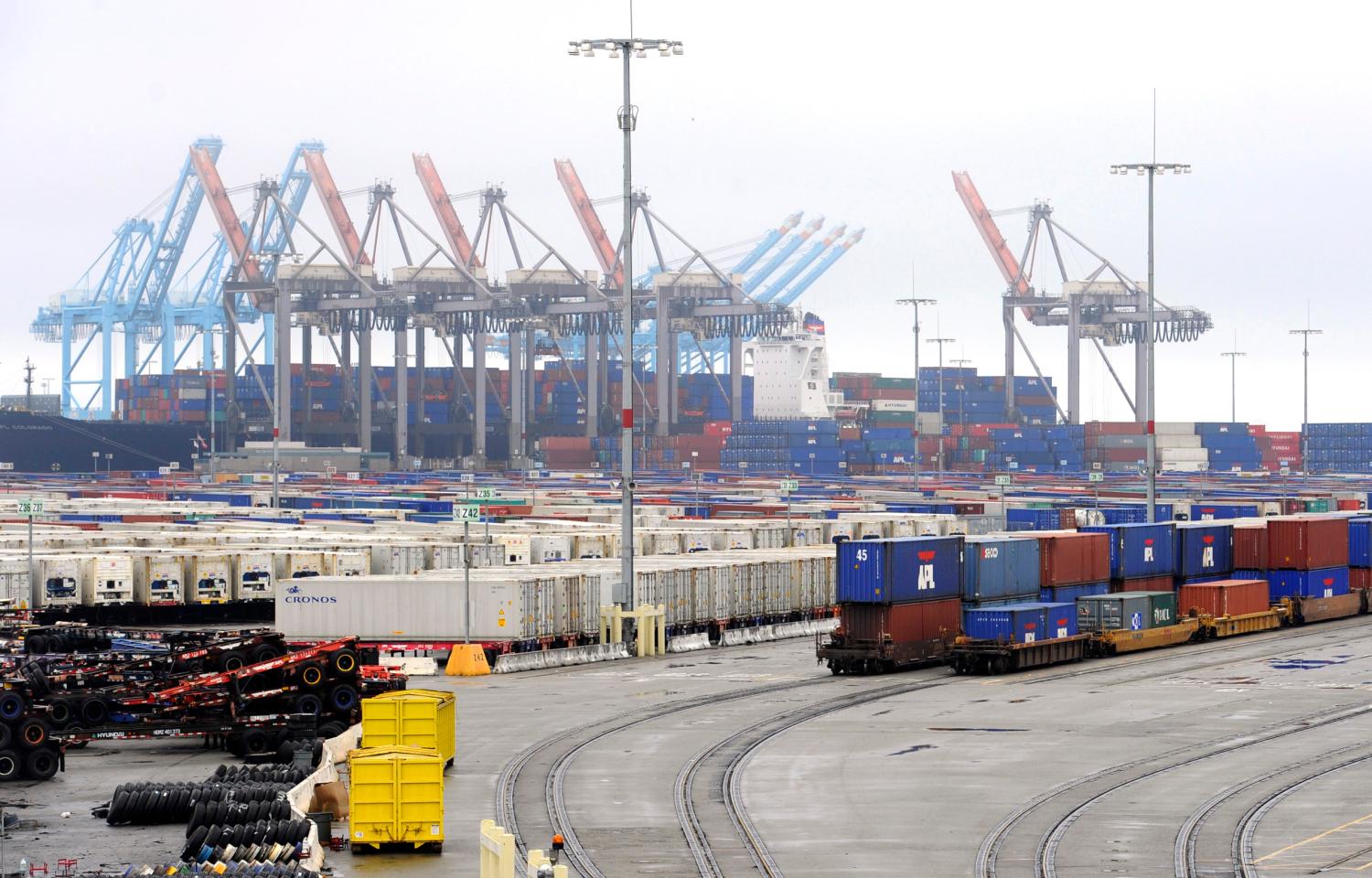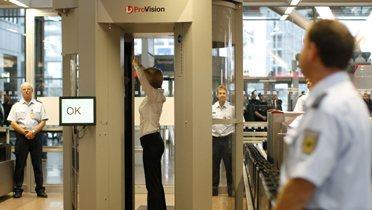
The potential consequences of even a minimal disruption of the flow of goods in U.S. ports would be high. The zero-inventory, just-in-time delivery system that sustains the flow of U.S. commerce would grind to a halt in a matter of days; shelves at grocery stores and gas tanks at service stations would run empty. A cyber disruption affecting energy supplies would likely send a shockwave through the U.S. and global economy.
Given the absence of standards and authorities, this paper explores the current state of cybersecurity awareness and culture in selected U.S. port facilities. The use of the post-9/11 Port Security Grant Program (PSGP), administered by the Federal Emergency Management Agency, is also examined to see whether these monies are being used to fund cybersecurity projects.



